Sottomarina - the seaside resort near Venice that cures all ailments.
For centuries people have been going to the beach to breathe in the sea air in the hope of curing everything from melancholy to TB. Will Sottomarina have a similarly beneficial effect on my son?
"I'll see him again in September, after you've spent one month this summer on the beach in Sottomarina," said the ENT specialist back in January.
“Why Sottomarina and not Jesolo?” I asked. [If you’re not familiar, Jesolo is just over on the other side of the Venetian lagoon and we often go there for a short summer holiday.] “Sottomarina has a hot and dry climate, unlike Jesolo, where it is hot and humid,” was my reply.
I continued saying that we then normally spend August in Scotland. “Absolutely not!” was the ENT’s reaction, “Scotland is cold and humid!”
He shows me the door.
Well, I've been following the doctor's orders… almost. We’ve spent two weeks at a campsite in Sottomarina hoping to see some improvement in the little one’s breathing.
It seems I was the last person in the Veneto to hear about the benefits of Sottomarina. During February, March and April, when someone asked how little David was doing, the beach in Sottomarina kept coming up.
“You know, my asthmatic brother went there every year when he was a child. There's a high concentration of iodine in the air in Sottomarina…”
“… That’s because there’s a special kind of seaweed that you only find in Sottomarina…”
“… But you need to be as close to the pier as possible... and only at certain times of day: first thing in the morning and at dusk...”
“… And the sun tan you get in Sottomarina is amazing; it lasts all year, because of the sand [apparently there's higher-than-average presence of augite, quartz and other silicate minerals] which reflects the sun’s rays...”
“… People come from all over Italy to go to the beach in Sottomarina.”
At the end of the day, after all these conversations, I’d ask my husband “is it really true that Sottomarina has all these magical properties?” so many times that he asked me never to mention the S word again!
“15 giorni consecutivi a Sottomarina e si può dire addio a raffreddori e influenze invernali.” (Corriere del Veneto, 23 April 2023.)
“Two weeks in Sottomarina and you can say goodbye to colds and winter flus.” (my translation.)
That’s quite a claim! Google can't find me a single scientific study attesting to the increased presence of iodine in the air in this beach town yet there are a lot of tourism boards pushing it. I’m not against the idea of sea air having positive effects on health; what I have a hard time believing is why or how it is Sottomarina of all places. My cynical side makes me think that a very successful marketing campaign was launched, probably around the same time (the 1970s) as the constrution of hundreds of apartment blocks for holiday lettings, in order to compete with the more popular resorts such as the Lido or Jesolo.
I spoke to a mum more or less my age on the beach who remembers summer holidays spent with the scouts nearby and having to wake up at 4am to walk to the Sottomarina pier for the iodine in the air. Once they arrived at the pier, they were given a jam sandwich which, most probably because of the early start and the long walk, was the best jam sandwich she’d ever eaten.
This article on “Chioggia Estate” claims that pediatricians have been “prescribing holidays in Sottomarina for decades.” Has the result of peddling this health tourism argument been so successful that it has become firmly engrained in local culture?
Having started off so well, I realise that I'm not selling the idea of a beach holiday here in Sottomarina as persuasively as I should! So let’s get to the facts.
Situated on the southern tip of the Venetian lagoon, Sottomarina is essentially a large expanse of sand, stretching for 6 kilometres and sometimes 300m wide. In the summer, every square metre is covered in deckchairs and umbrellas. If you’re looking for a more relaxed beach experience, you should head just a fraction further south to Isola Verde and Rosolina Mare… but then again, you don’t have those famous algae there.
The boom really took off in the 1970s when construction work started in earnest on the seafront. It’s curious because you can find some perennial establishments which haven’t changed in 50+ years (ranging from the fine-dining, seafood restaurant Ristorante Garibaldi in the same family for three generations to a take-away ice-cream shop Oasi di Gelato founded in 1980. Similarly, there’s the Camping Adriatico, family-run since 1960, and even a small bookshop/newsagent Cartaboutique since 1975…) but just a block away, you also find a lot of new Chinese-run minimarkets. (Nothing against them, it’s just that the juxtaposition is striking.)
One cloudy afternoon, we cycled over to Chioggia. It’s just one bridge away from Sottomarina but it feels a world away. In comparison to Sottomarina, where the cars and motorbikes never stop, the main street in Chioggia is pedestrianised, encouraging people to sit out in the terraces, relax, drink a spritz and eat some local cicchetti, all while watching the world go by. The back streets of Chioggia, most no more than alleyways a metre wide, are a reminder of the town's history as a small fishing village. On the side of town furthest away from the sand, there are the moorings for the fishing boats that go out on the water every day. (You may remember that I wrote about the Chioggia fish market last year…)
Next to the port are the café-bars which serve the local clientèle. Men with faces weathered by the elements sit in white plastic chairs, talking with friends in accents so thick you could cut with a knife. On the other side of town, there are a couple of picturesque canals with moorings for small boats which act as a convenient method of private transport. Whilst Chioggia’s origins are far more modest than the signori who lived in Venice, the bridges which cross the canals here are just as attractive as any you might find in Venice (well, besides the Rialto that is) and deservedly led to Chioggia being nicknamed the “Little Venice.”
But, if you know me well enough, you know that I don’t go anywhere for plain sightseeing; I wanted a real taste of Chioggia! I’d heard about a traditional snack called crema fritta which apparently, once upon a time, was found all over the Veneto (my mother-in-law told me that her aunt Gemma used to make it on special occasions back in the 1960s) but which is now dying out. It’s essentially deep-fried pastry cream. Made of milk, egg, sugar and flour, with a little vanilla and lemon for flavour, you can find a very detailed description and a profile of the main vendor in Chioggia over at La Cucina Italiana. To keep it short, a little diamond of crema fritta sets you back a very reasonable 1 euro 50 and gives you a slightly eggy, not overly sweet, hug to your soul. It is both street food and comfort food. The flavour is so simplistic, it felt rather like I might have been creating a Proustian madeleine memory for my son.
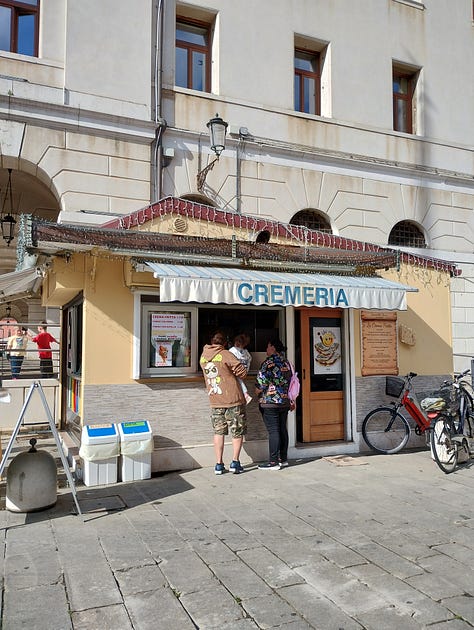
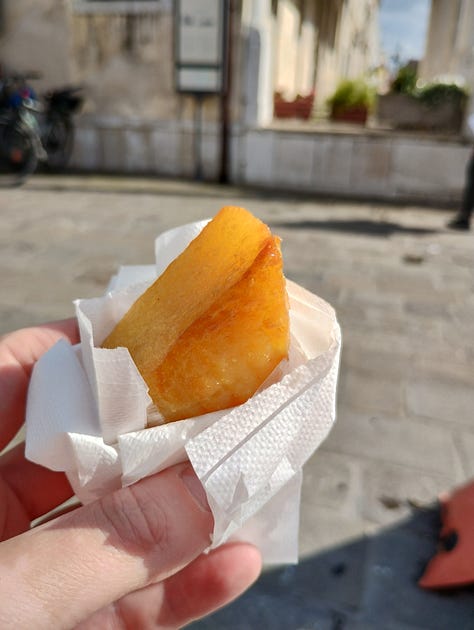
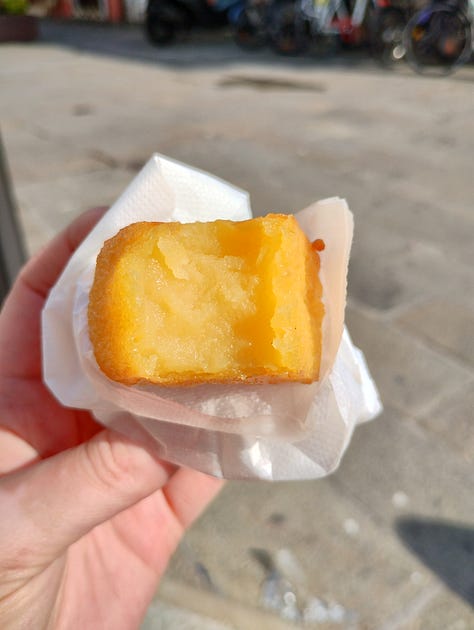
You can find crema fritta at an unsuspecting kiosk called da Roberto on the main street in Chioggia, in piazzetta XX Settembre. This is where the Zennaro family have been making it from a secret recipe since 1948. They claim not to use any breadcrumbs or polenta to give the crispy edges; just the multi-generational know-how and good quality oil for frying. You should go and try it for yourself one day.
Whilst you’re there, spend a full day enjoying Chioggia - it’s more run-down than Venice but it feels more “real” if you want to step off the beaten track - but remember to spend at least a week, or better still, two weeks, in Sottomarina! Time will tell if the sea air and the reflective sand will keep our son out of hospital again… but who am I to knock this decades long imparted wisdom until I’ve given it a go myself. Watch this space…




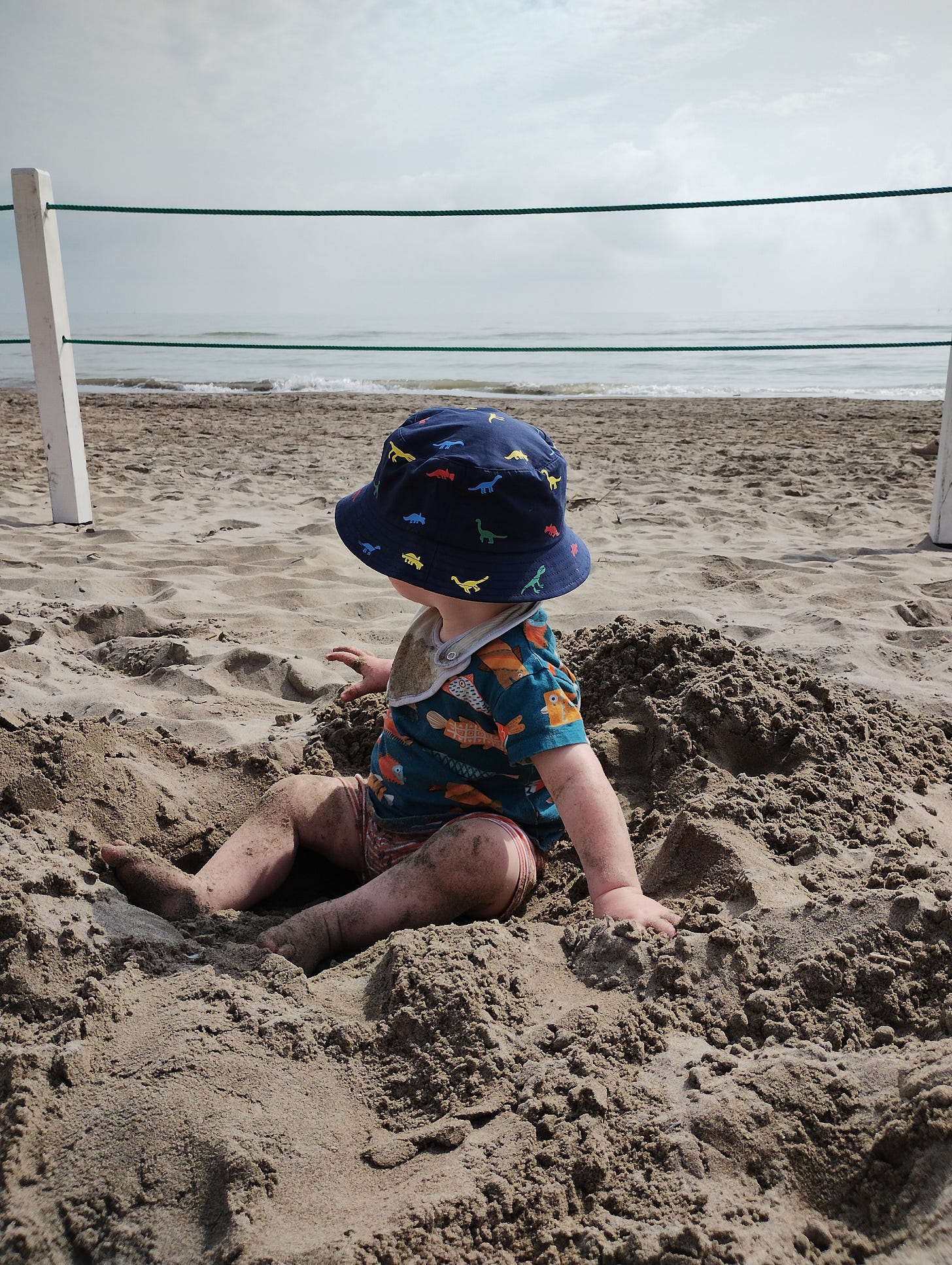
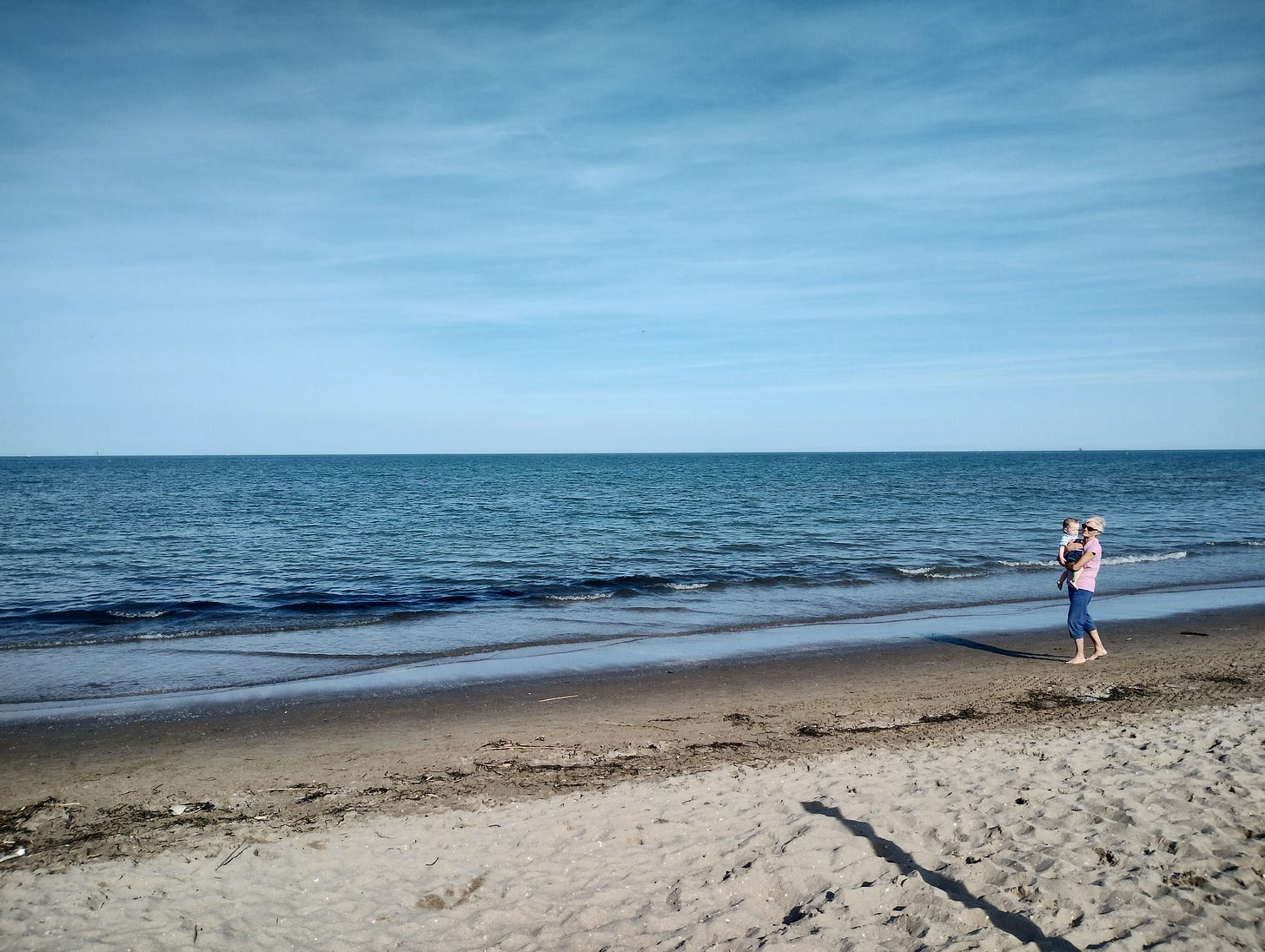

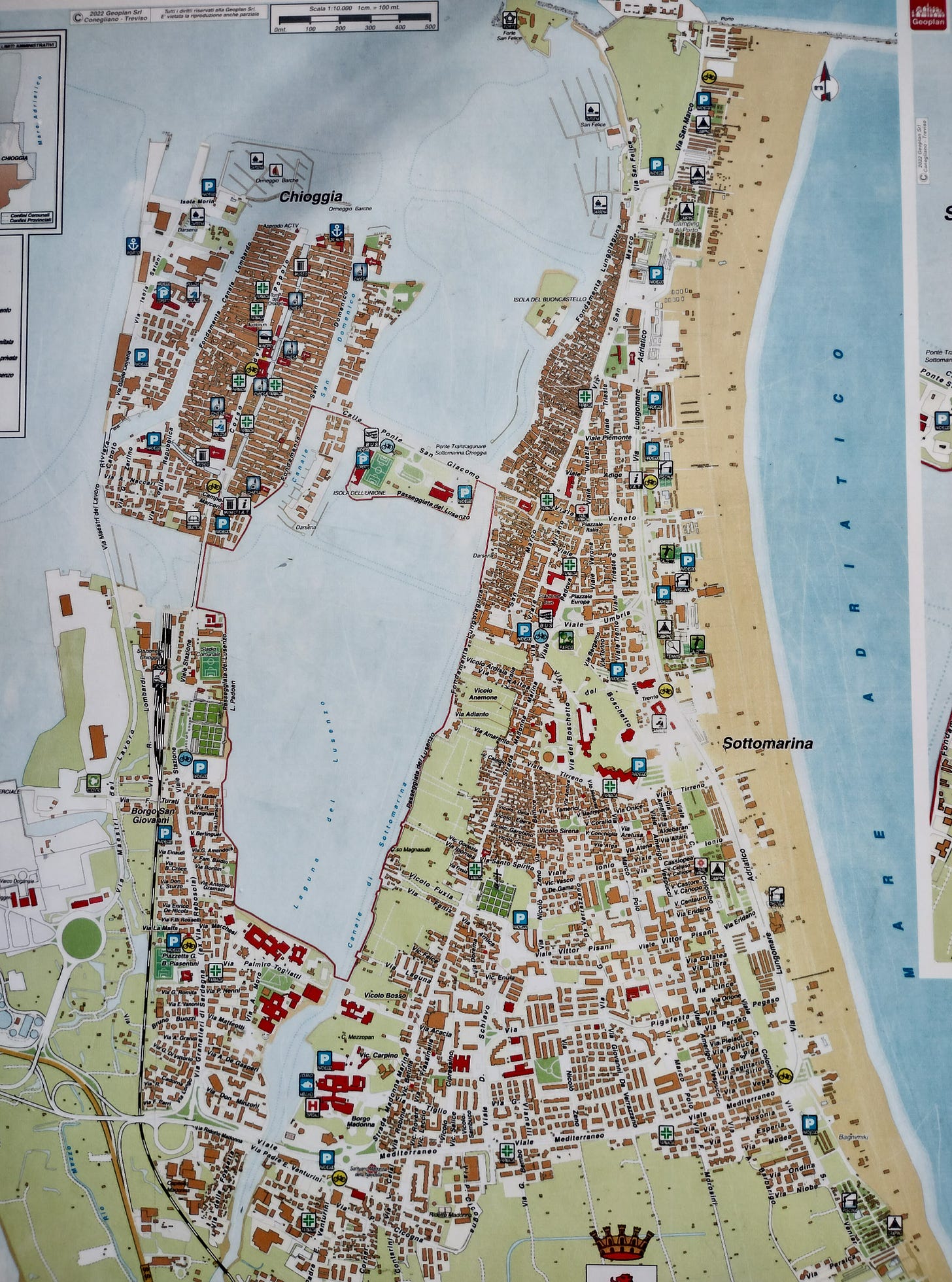
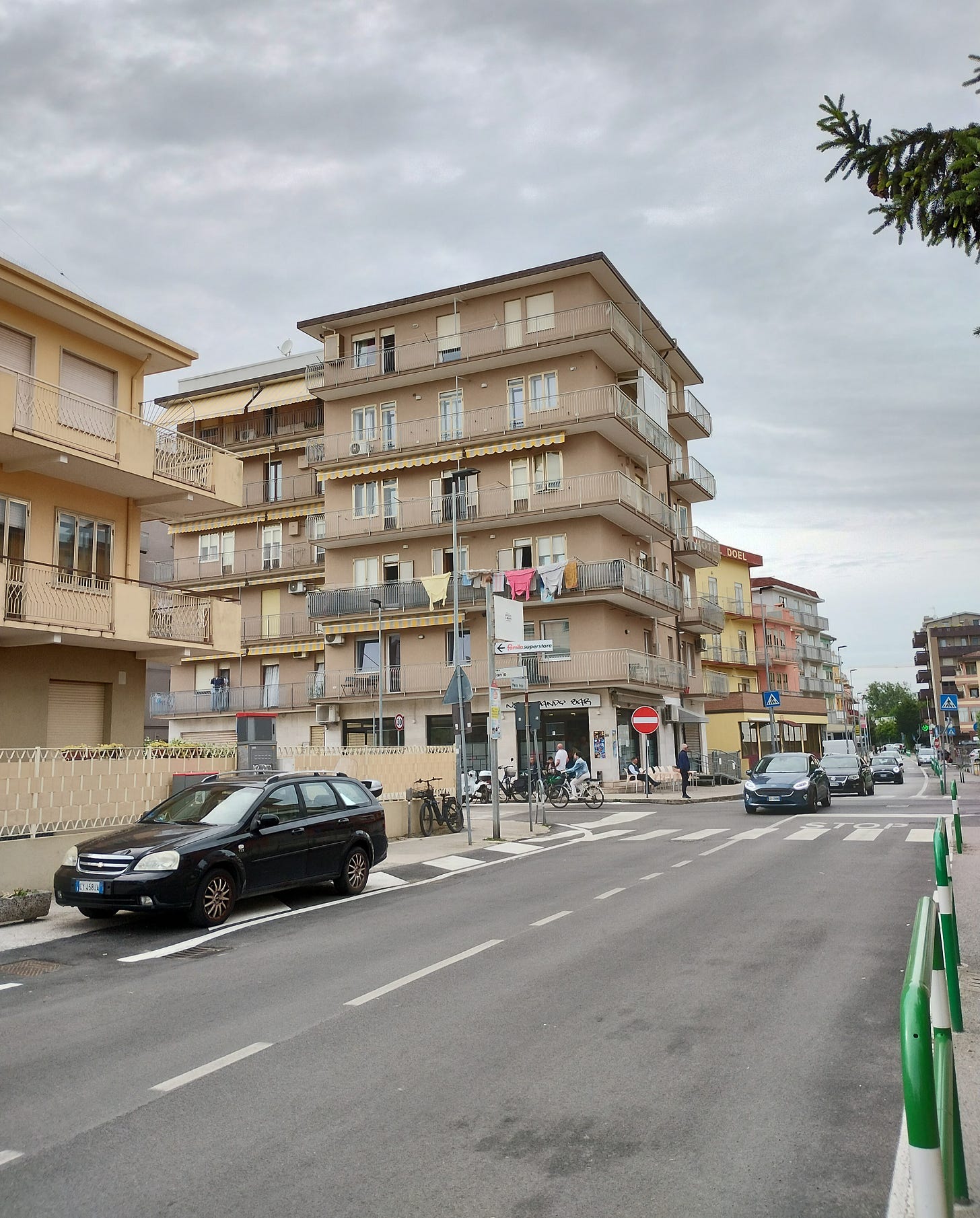

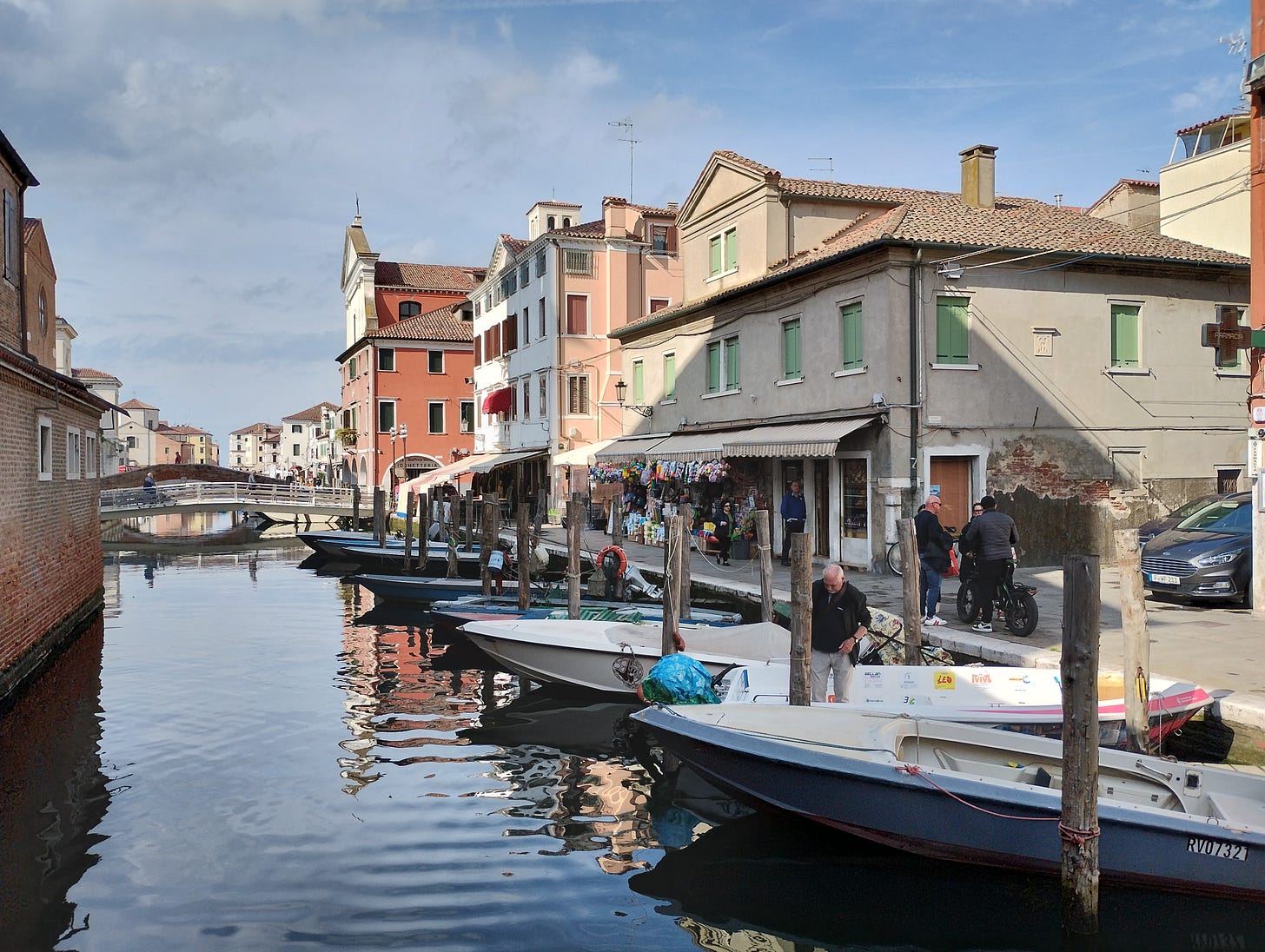

Incredible the amount I just learned is nuts, Thanks! Hope your son feels better from the benefits of this particular beach.